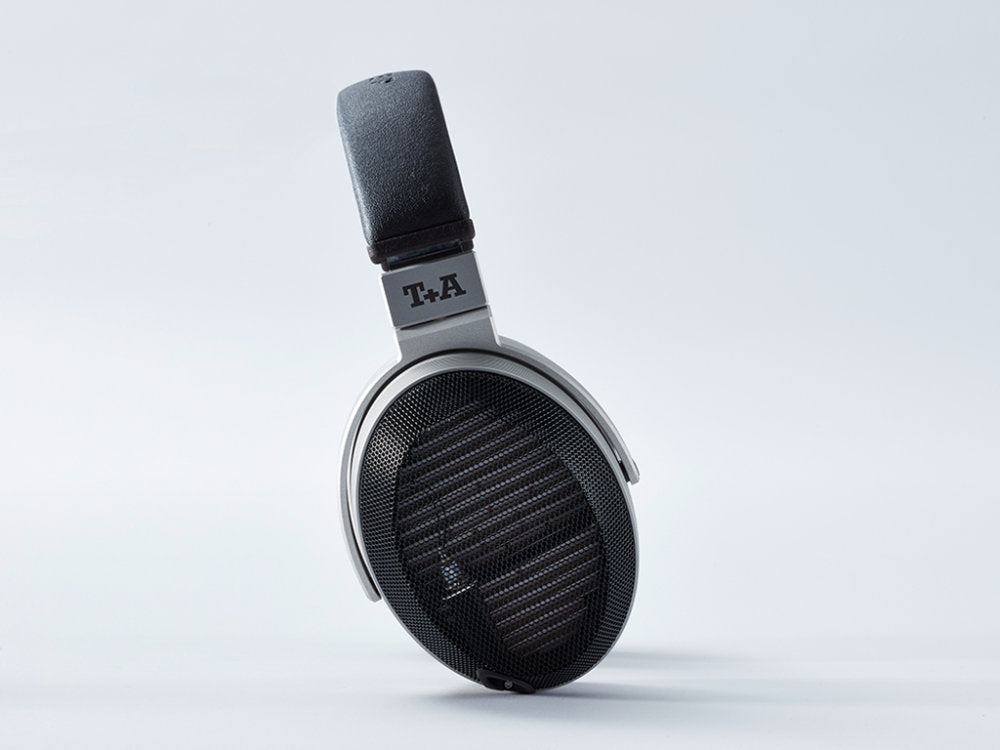Spirit Torino Pulsar Review
In the past year, I have become quite familiar with the Italian brand Spirit Torino. I have already written a review for their Twin Pulse headphones, which were quite revolutionary in what they were accomplishing. When given the opportunity to try things further up the line, I was quite excited.
The Pulsar is one of the newer headphones in the Spirit Torino line up. Taking its design cues from their top tier headphone the Valkyria, it applies basically all the same design but in an aluminum frame. They have continued to perfect their “twin pulse” isobaric design by adding stronger magnets and a more rigid housing to the mix. By their own words this allows better control of the diagrams. One thing that excites me a lot about the Spirit stuff is that they are doing something unique. Many dynamic headphones try to push their way up the ladder with different driver materials or coatings, but Spirit has decided the way forward is by adding a whole other set of drivers. In my Twin Pulse review, which also uses this isobaric design, I noted that this gave it the ability to deliver much greater dynamics and tonal weight than many of the other dynamics I had heard. Further improving on that technology, we will now dive into the Pulsar.
Visually the Pulsar are incredibly unique. You can see a lot of care has been put into the presentation. They arrive in a solid wood box wrapped in what I believe to be leather. Upon opening, you can see Spirits star shape and the gorgeous matte black finish of the cups. I think the all-black design with the red accents from the magnets and the silver cable look outstanding.
They aren’t much heavier than the Twin pulse as far as I remember despite the additional magnets, however, neither are light weight headphones. In this new design the Pulsar sports “13.8 kg of magnetic thrust.” Which are supposed to provide control and further refine the sound of the Spirit Torino drivers. They also have the characteristic ear pads and ventilation system also present in the Twin Pulse. Finally, there is one of their more contested “features” which is the attached cable.
I spoke with the owners of spirit and they said there was no intention on changing this, and that they believed the attached cable was the way forward in sonic purity. In a way it makes sense, there is no conductivity loss through having multiple jacks and attachment points. However, they also sighted a mechanical issue. The way in which the cup shape is designed doesn’t allow for a recessed jack. Instead on the Twin Pulse the employed a dangling mini XLR adapter. With the Pulsar being one of their top headphones, they chose to remain with the attached cable to further maintain sonics. It’s a gorgeous (albeit long) silver plated copper cable with attachment points sporting the Spirit Logo.
Starting with one of my new favorites is “Hallow Fate” by Gin Wigmore. This is one of the more dynamic tracks on the album but the whole thing is amazing. The first thing that hits you on these headphones is how truly dynamic they are. The macro dynamics have such great weight to them that’s missing in some dynamic driver headphones. This added weight in the bass and subbass can truly be felt and not just heard. Wigmore’s vocals in particular are great for showing off texture and vocal timbre and here the pulsar really excel. Midrange tonality is great, and her voices hangs center stage.
Listening to the brilliant “Come Over” by Morphine I was glued to my chair. Sandman’s vocals come through expressive and haunting with great timbre and transparency. The saxophone sets the stage and the pulsar render it perfectly. It comes through clear and really helps define the song. Through all this you see what makes the Pulsar really special. Instruments like drums and brass have such a dynamic weight and impact that make them a joy to listen to.
Wrapping up with “Oh! Tengo Suerte” by Masayoshi Takanaka. I am reminded yet again how well the Pulsar handle acoustic instruments. Takanaka’s guitar takes center, and the timbre is startling. It demands your attention. The staging is quite wide but the imaging is rock solid and I am able to pick out the place for each instrument in the ensemble.
Overall, the Pulsar is truly a unique listening experience. While maintaining that same dynamic weight and sense of space as the Twin Pulse, they were able to give the Pulsar a more neutral and refined response. Bass and sub bass are impactful with amazing weight added. Midrange timbre and detail are shocking. Treble is very well controlled and not overly bright. Most importantly for Spirit headphones is the visceral impact while wearing them. Every note is felt and given and added dynamic weight that’s usually very hard to get outside of 2 channel audio. Outside of all this they are also incredibly technical and fast which has been hard to do for many dynamic headphones. I think you would be remiss in not including the Pulsar amongst other top of the line headphones like Focal Utopia, Hifiman Susvara, and Abyss 1266.




Leave a comment
All comments are moderated before being published.
This site is protected by hCaptcha and the hCaptcha Privacy Policy and Terms of Service apply.